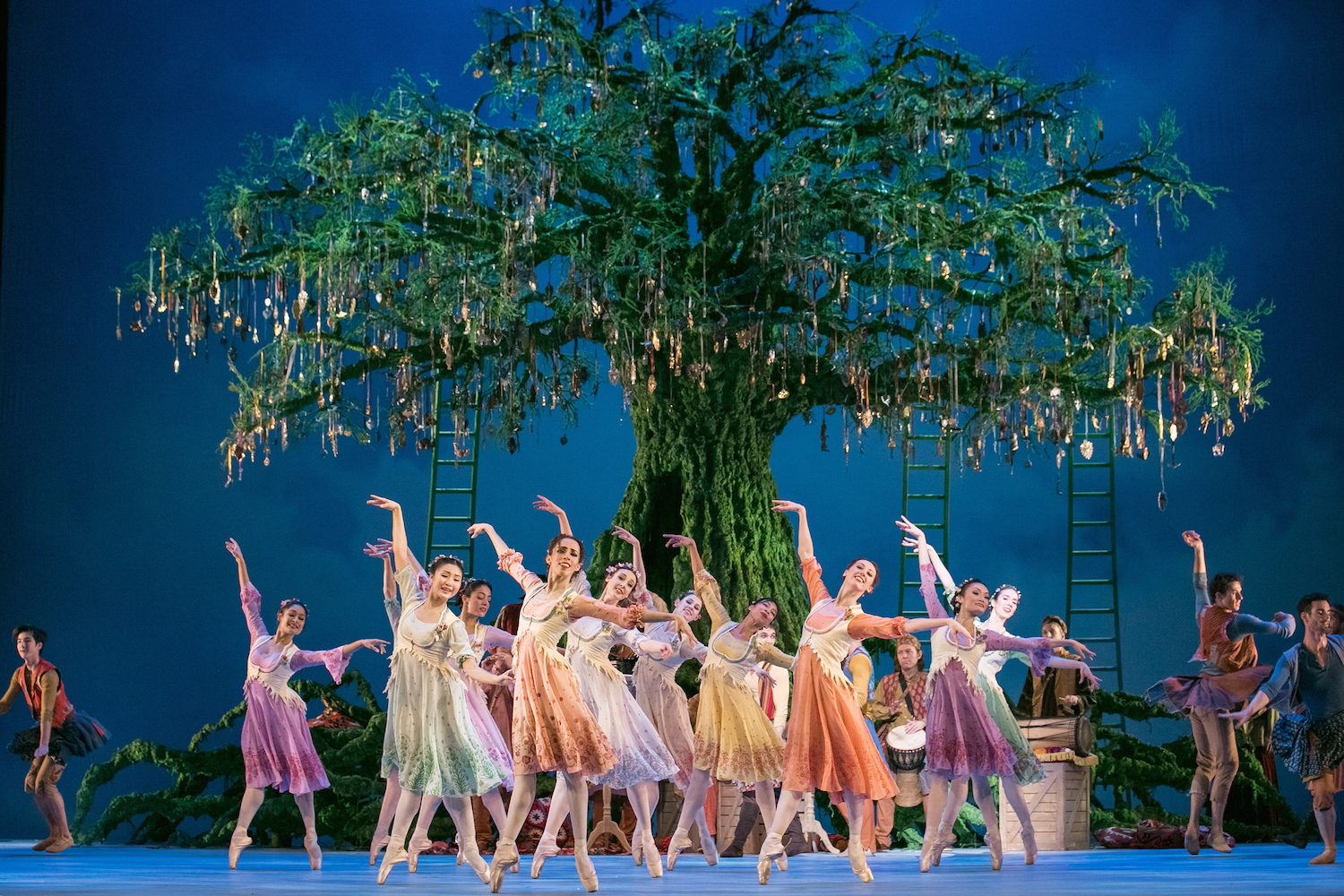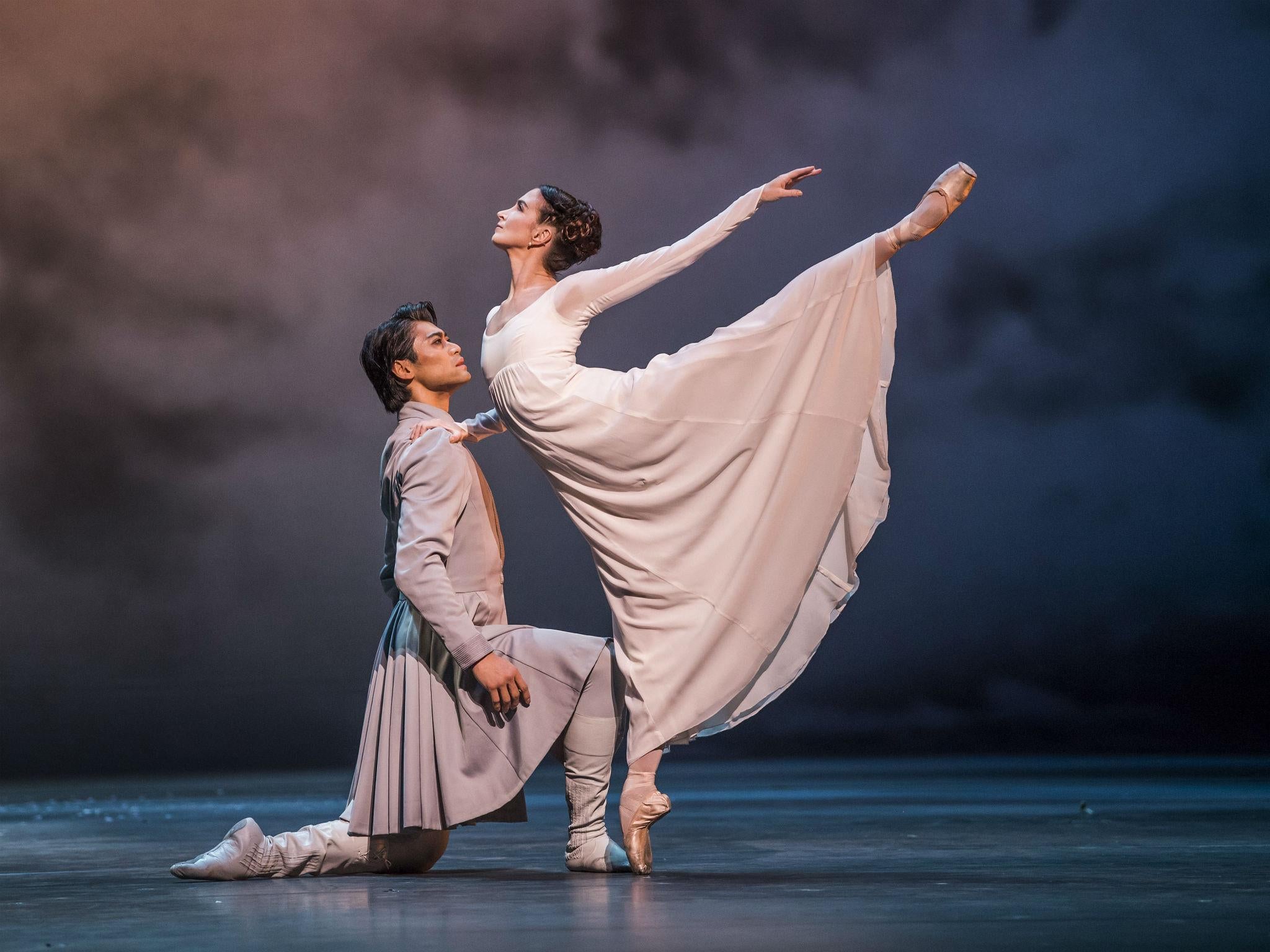The Winter's Tale: A lesser known beauty
The Winter’s Tale: Feeling beyond reason
The Winter’s Tale is definitely not one of Shakespeare’s most famous or beloved plays. It's also not one of his more accessible plays either, and understanding the depth and extremity of emotions which come into tension in the story might not come as naturally to audiences as the easy laughter we get out of something like A Midsummer Night’s Dream or Much Ado. The Winter's Tale charts the rise and fall of a royal marriage, tainted by jealousy, insecurity, madness and destruction. Alongside this darkness, however, there is hope for love all the same, hope for lightness and folly, and hope for redemption and forgiveness. The emotions of King Leontes are extreme and their consequences are tragic. But there is something about that extremity which still moves us - perhaps because it is so extreme it shocks us into submission, into imagining precisely what it might be like to feel such emotions and go through such turmoil. The roles of Leontes and Hermione are not just challenging because they are principal roles in both Shakespeare and in Christopher Wheeldon's ballet adaptation, but because they demand so much emotionally from performers.
Act II of Wheeldon’s ballet goes in entirely the opposite direction. Leontes and Hermione’s story contrasts strongly with the budding love between their daughter Perdita and the Bohemian prince Florizel, for whom love is new, innocent, and untroubled by the paranoia, distrust and insecurity which destroys Leontes and Hermione’s relationship. Where Act I is severe, austere and suffocating, Act II is the epitome of joy spilling out of its confines. It is ecstasy at the very edge of chaos, frenzy that we recognise as the lightness of a full heart. Joby Talbot’s score is truly the stuff of fairytales, and Wheeldon’s choreography shows us that the body is capable of great athletic and artistic feats when fed the right creative fuel and provided with a (dance) language which soars and sings. Act II is a total marathon for its dancers but it is totally absorbing.
Act III brings the two worlds of Sicilia and Bohemia together in ways that somehow defy belief. How could such starkly different worlds come together and make sense? Bob Crowley’s designs do a lot of the work to help this intermingling feel like a true mixing, whilst maintaining contrast. The collision of the past, present, and future arrests the audience just as it drags Leontes and Polixenes back together for a bittersweet and solemn final act. Perdita and Florizel in the play have relatively small roles, but Wheeldon has expanded them in a way that completely transforms how we see the throughlines and contrasts of the story. The young lovers remind Leontes of himself and Hermione as they once were before his jealousy and insecurity destroyed their relationship, and they bring the two friends-turned-enemies back into each other’s lives for a second chance at friendship.
I firmly believe that some Shakespeare is made to be danced. Romeo and Juliet is a play with some beautifully lyrical passages but there is something about dancing - bodies moving in a shared space, connecting and disconnecting - that transcends verbal language. The Winter’s Tale gives us a similar opportunity in the depth and complexity of its emotional landscape, its moments of irrationality and madness which cannot be tied down in articulate speech, the flights and fancy of loves old and new, and the relief of redemption and forgiveness. For a story so driven by emotion without reason, what better medium than a language with no words?




Comments
Post a Comment